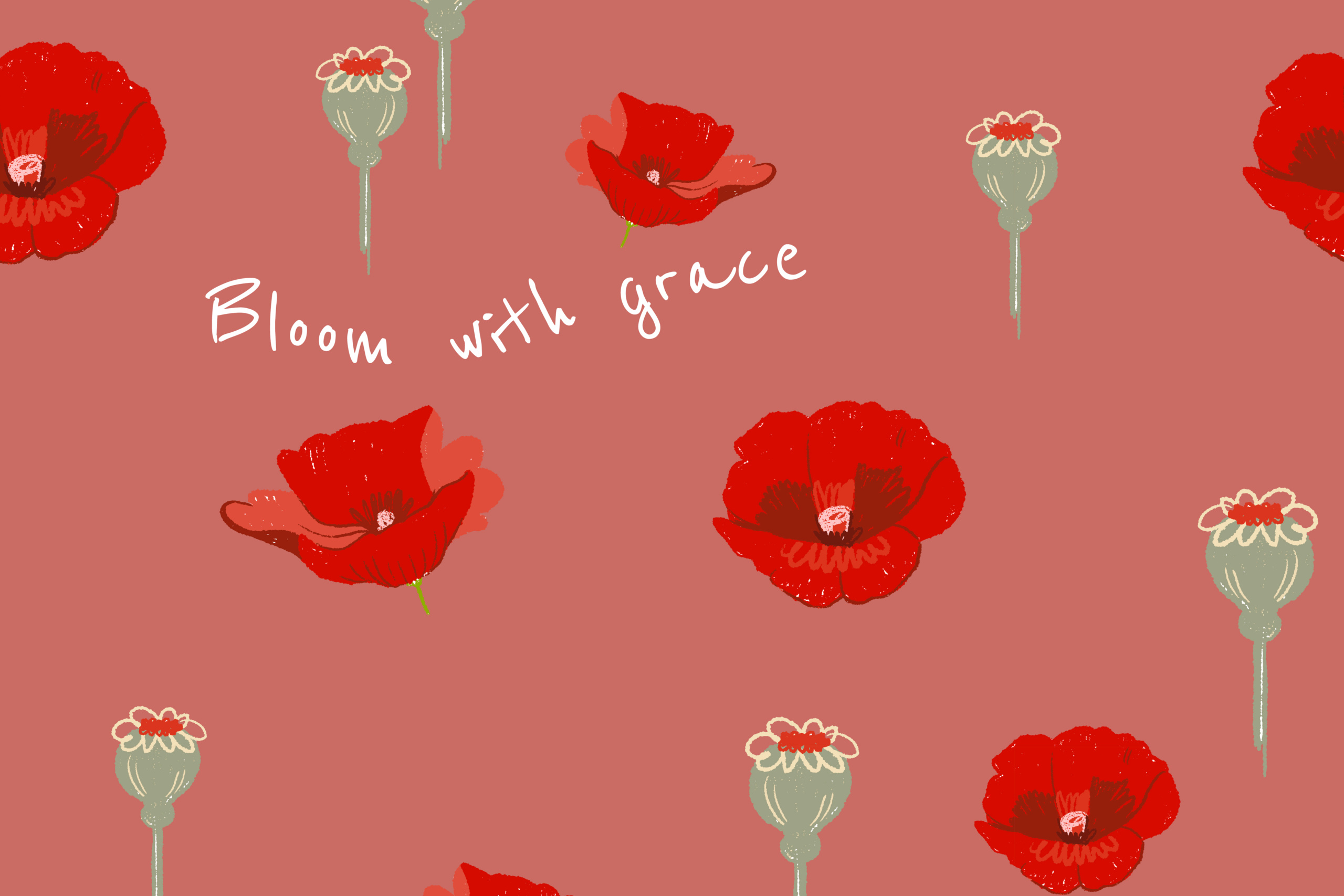The Poppy Clipart Phenomenon: Symbolism, Simplicity, and Society’s Need for Meaning
In the world of digital art and design, one might assume that clipart is the least exciting topic to delve into. But what if I told you that something as simple as poppy clipart holds a mirror to our culture’s fascination with symbolism, history, and the power of visual language? From Remembrance Day poppies to digital stickers, the poppy clipart has morphed into a modern icon that reflects our complex relationship with memory, grief, and commemoration.
The poppy, of course, is no ordinary flower. Its significance is rooted in the aftermath of World War I, where it became a symbol of remembrance for those who perished in battle. The image of a bright red poppy, often worn on the lapel or displayed in public spaces, speaks to sacrifice and the pain of loss, while also celebrating resilience and survival. The stark contrast of the vibrant red petals against the black-and-white images that often accompany the clipart speaks volumes about our human experience—life and death, hope and sorrow, all distilled into the form of a simple flower.
Yet, the rise of poppy clipart as a digital form of expression is more than just an act of remembrance. It is a reflection of the way we process history, culture, and our emotional responses to trauma in the modern world. In the age of social media, where complex issues and deeply personal moments are distilled into memes, images, and viral posts, the poppy clipart has become a quick and easy shorthand for commemoration. With just one simple image, we can invoke an entire spectrum of emotions—nostalgia, sorrow, patriotism, unity—without having to say a word. And that’s the power of a symbol. It communicates everything you need to know, without the need for lengthy explanations or discussions.
But as with all things in digital culture, the poppy clipart has a dual nature. While it remains a powerful symbol for those who honor the sacrifices of soldiers, it can also be trivialized in the hands of those who don’t understand or appreciate its significance. The line between respectful remembrance and mere decoration is thin, and it’s something we should consider when using such imagery. Is the poppy clipart being used as a genuine tribute to fallen soldiers and their families, or is it simply a trendy graphic on a greeting card or social media post? This distinction speaks to a larger issue in the commodification of remembrance in the digital age.
Take a look at the various forms of poppy clipart available online—from sleek, stylized poppies perfect for digital flyers, to the more traditional black-and-white images used in educational materials or commemorative events. Each variation carries its own nuance and meaning. The black-and-white versions, for example, are often associated with solemnity and mourning, evoking the idea of something lost. The bright, almost gaudy digital renditions, on the other hand, might be seen as more celebratory, a reminder of the poppy’s role in both memorializing the past and celebrating the future. These different interpretations make poppy clipart not only a tool for remembrance but also a reflection of our collective mood and culture.
It’s worth considering, then, why the poppy continues to hold such weight in the digital age. In a world dominated by instant communication and fleeting trends, where moments of silence are often drowned out by noise, the poppy remains a symbol of stillness, of pause. It asks us to stop, reflect, and pay our respects. This is no small thing, especially when you consider how our attention spans have been decimated by the 24/7 news cycle, the constant scroll of social media, and the endless barrage of information we are subjected to on a daily basis. The poppy clipart, whether in its traditional or modernized form, is one of the few symbols that can force us to slow down. In its simplest form, it tells us to remember.
The role of the poppy clipart in digital communication has also expanded beyond remembrance and memorialization. It’s become a tool for advocacy. From supporting veteran’s causes to raising awareness for mental health issues within the military community, the poppy has transcended its original symbolism. It’s a versatile icon now used in digital campaigns, social media awareness posts, and even protest art. The flexibility of the poppy clipart allows it to serve a wide range of purposes, from a solemn reminder of sacrifice to a vehicle for social change.
But is this overexposure of the poppy symbol diluting its meaning? Does the endless circulation of poppy clipart as part of “Remembrance Day” sales, social media posts, and digital art trends risk turning it into just another commodity, stripped of its emotional significance? In some ways, yes. The danger of commodifying symbols like the poppy lies in their ability to become empty representations, reduced to little more than a design motif that lacks the historical weight it once carried. But in other ways, the ubiquity of the poppy in the digital sphere also serves to keep its memory alive. It forces us, whether we like it or not, to confront the past—albeit in ways that may not always feel reverent.
In the end, the poppy clipart is not just a simple flower. It’s a symbol that carries with it the weight of history, sacrifice, and the human need for remembrance. Whether we use it as a way to honor the past or as a fleeting image in a digital campaign, the poppy remains a reminder that history, no matter how far removed, will always find its way into our present. And perhaps, that’s the most powerful thing about poppy clipart: It forces us to remember, whether we are ready to or not.


